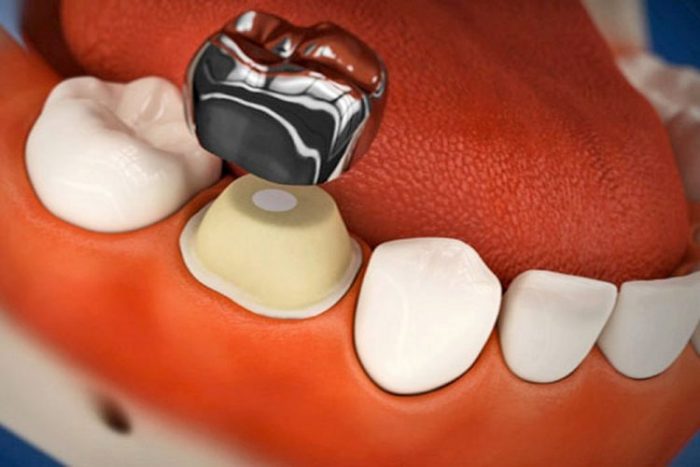The human tooth goes through several phases until it fully erupts and achieves structural integrity. This may be compromised with the occurrence of decay and multiple cavity spreads in the initial or adult years. Then mere dental filling is not enough to restore it to normalcy. The stainless steel crowns are trustworthy in case of the molars of primary and permanent teeth alike. These last for a decade in case of the baby tooth and fall off along with it, automatically. For the adults these last for a lifetime.
The stainless steel teeth sets are not natural looking yet these are so nominal compared to the ceramic and zirconium tooth crowns. The stainless steel tooth crowns are easier to mould and shape. These are not brittle and rarely break under the human bite force. Only that if the dental cement erodes, then only these shift from their seatings. Here are the criteria for getting the stainless steel crowns for the best tooth repair, protection and restoration.
Types of Stainless Steel Crowns
The following are the stainless steel crown types commonly seen-
- Crowns with modifiable margins which are nominal in costs
- Pre-structured crowns which are not trimmable
- Aesthetic crown sets which need to be matched and found with the perfect fit. These are quite expensive than the prior two types.
Criteria for the use of Steel Crowns
The stainless steel crowns offer undaunted support to the baby tooth as well as reinforces the structure of the permanent ones. The criteria for their use are mentioned here-
- Immediate reconstruction of broken or chipped tooth.
- After going through pulpectomy
- Ensures unhindered tooth growth in the primary tooth space
- Lapse in previous fillings and treatments
- Defects in the flourishing tooth
- Carious lesions degrading the cusp of the tooth
- Sensory disturbance or evidence of radicular pain
- Blocks the exposure of gums after the removal of afflicted tooth root
The resilience of stainless steel dental crowns is popular in pediatric dentistry and dentistry in general. Apart from the colour of stainless steel crown tooth, these are graded as clinically successful. The mobility of the concerned tooth is under check with the coverage of these caps.
A local anaesthesia works for the preparation of the tooth requiring the crown seating. The caries are removed and the tooth pulp is exposed for further operation. Then using the glass ionomer dental cement, the right size and shape of the reshaped tooth is found to cap the tooth. There are several minute details in the medical register to be carried out with dental instruments that aim for precision and nothing less than that. This might seem easy but involves a lot of judgement and scrutiny from the side of the dental surgeon.
Conclusion
Strength and longevity are assured with the use of the stainless steel crowns for the correction and safe-keeping of the cavity distressed tooth structure. Having them on the back tooth goes fine without any glitch in confident, cheerful smiles for all age groups.

